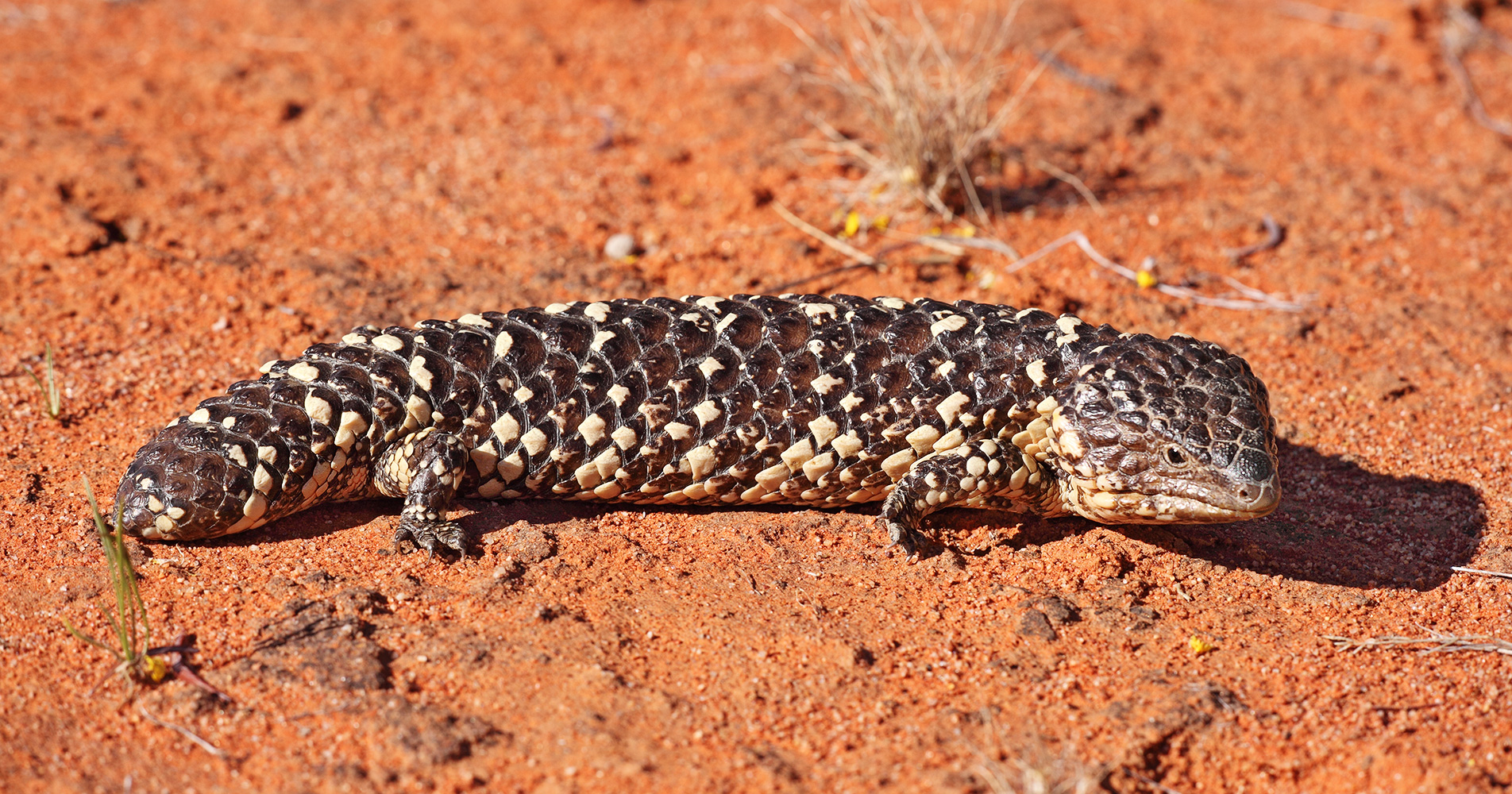Sheldon222
New Member
- Joined
- May 29, 2019
- Messages
- 6
- Reaction score
- 0
Hi All
One more question, on my 'i lost my bobtail' thread I posted a picture of it a couple months after I found it. It was so skinny that it's back was flat, up by shoulders was very triangle shaped, and the rest, literally flat.
Someone mentioned MBD, I'd not heard of this. I've always thought it's shape was bad, but I'd never seen a skinny one like this either.
I've taken this pic today, is the consensus that it could be MBD?
Otherwise it's extremely healthy now compared to feb, but I don't understand why a lizard would be that thin (not as per the pic) so close after spring. Can anyone share any reason?
This one will be released in Spring

One more question, on my 'i lost my bobtail' thread I posted a picture of it a couple months after I found it. It was so skinny that it's back was flat, up by shoulders was very triangle shaped, and the rest, literally flat.
Someone mentioned MBD, I'd not heard of this. I've always thought it's shape was bad, but I'd never seen a skinny one like this either.
I've taken this pic today, is the consensus that it could be MBD?
Otherwise it's extremely healthy now compared to feb, but I don't understand why a lizard would be that thin (not as per the pic) so close after spring. Can anyone share any reason?
This one will be released in Spring




